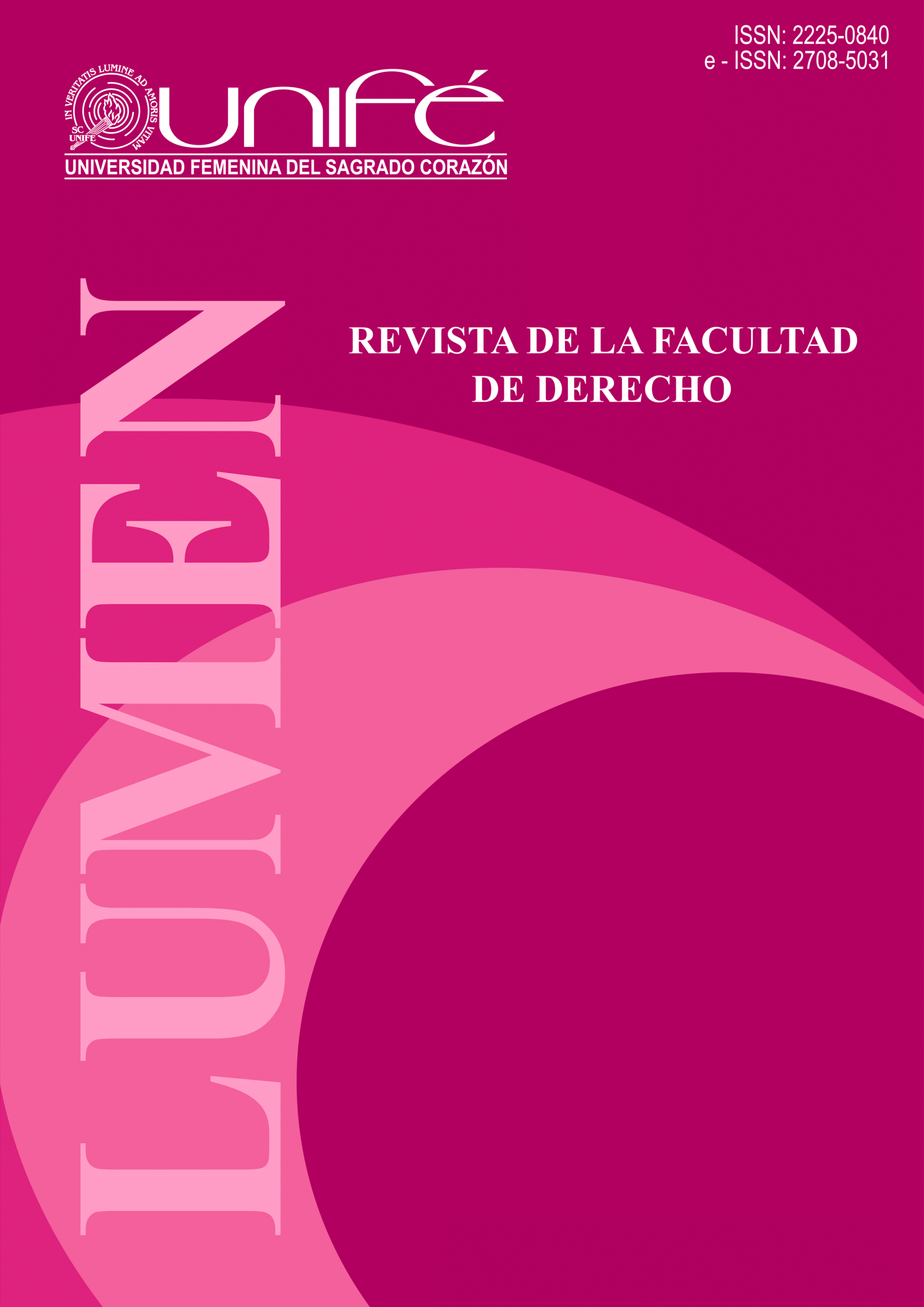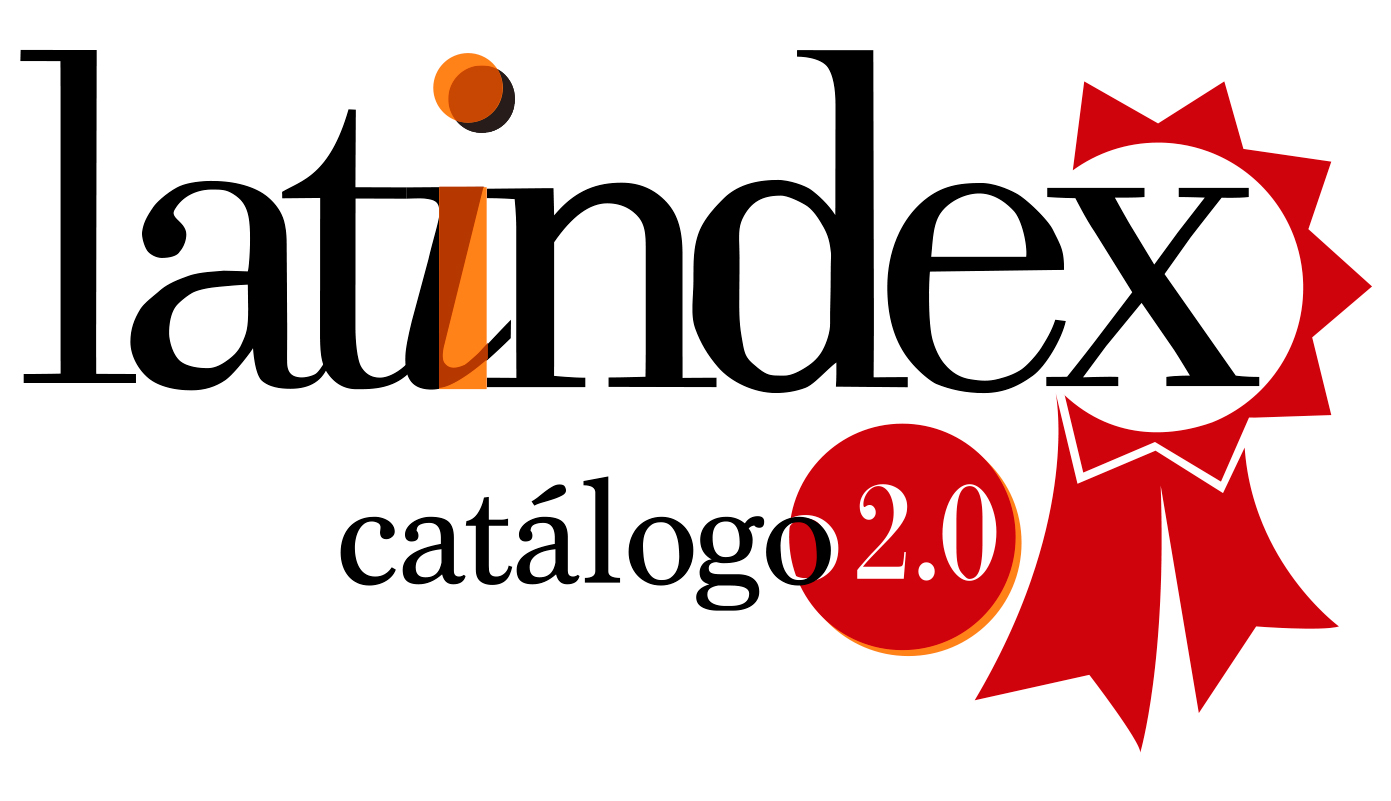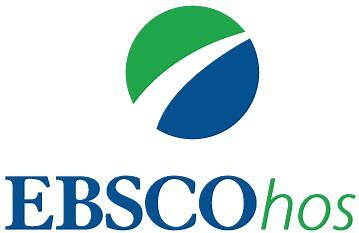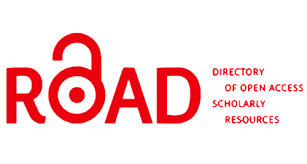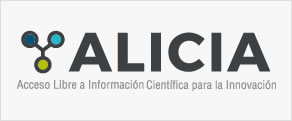La urgente articulación entre la certificación y la fiscalización ambiental, a propósito del requerimiento de modificación del estudio de impacto ambiental del proyecto minero las Bambas
DOI:
https://doi.org/10.33539/lumen.2022.v18n1.2558Keywords:
Socio-environmental conflicts, Environmental Impact Assessment, Unanticipated negative environmental, Unanticipated negative environmental impacts, Requirement on the environmental management instrument, Environmental SupervisionAbstract
The environmental management of investment projects in Peru has a great challenge: to guarantee their environmental viability through the search for a balance between the environmental impacts generated and the management measures implemented to prevent, correct, mitigate and even compensate them; all with the purpose of complying with the central objective of our environmental legal system, sustainable development. However, what happens when this task is found to be incomplete? When, for reasons unrelated and/or linked to the environmental impact assessment process, it is verified, during the exercise of the environmental supervision function, that the environmental management instruments do not identify all the impacts that in practice are being generated when they enter into execution. Our environmental legal system has regulated this assumption, establishing the possibility that the environmental supervision authority may require the updating or modification of the environmental study, in order to incorporate the unforeseen negative environmental impacts. This article analyzes this scenario and the challenges that an administrative measure of this nature represents in the framework of the necessary articulation between the National System of Environmental Impact Assessment and the National System of Evaluation and Control, two key pillars for the adequate environmental management of investment projects.
Downloads
Downloads
Published
How to Cite
Issue
Section
License
Copyright (c) 2022 García Cerrón, Erick Leddy

This work is licensed under a Creative Commons Attribution 4.0 International License.
